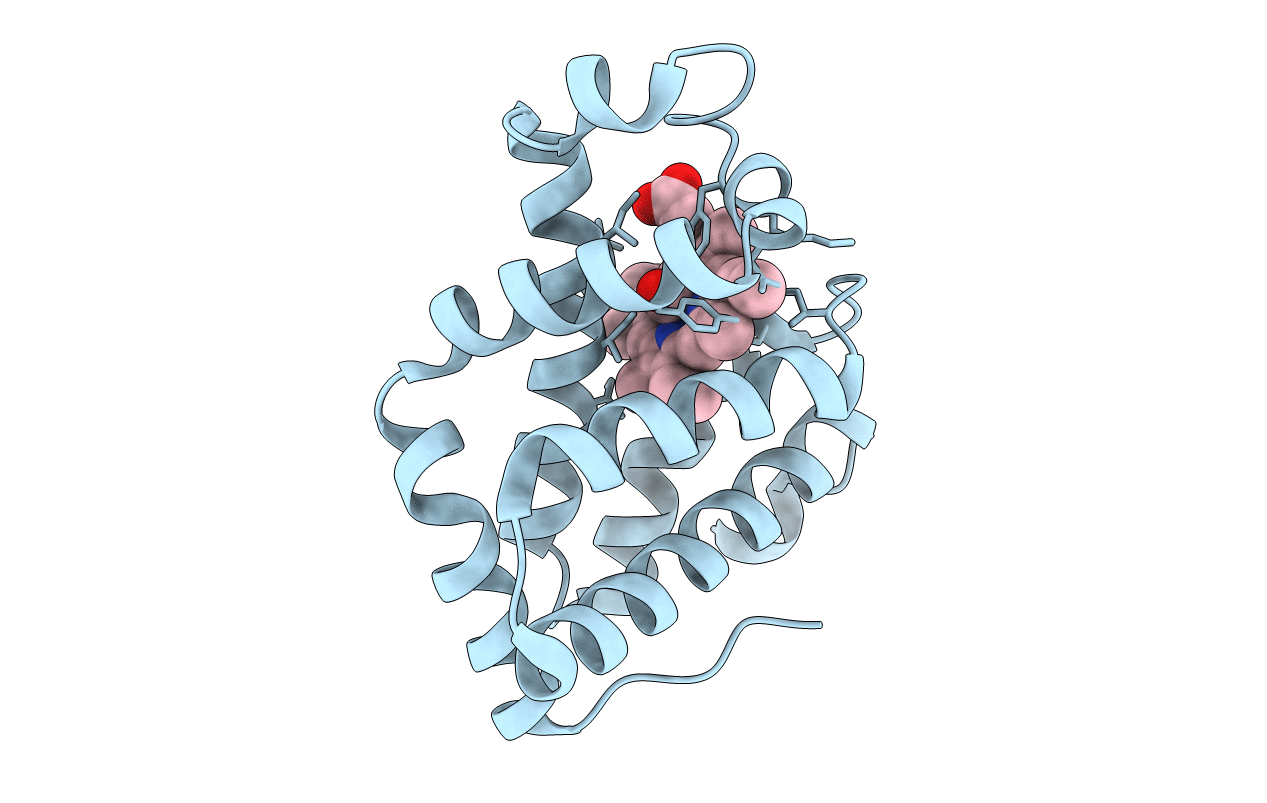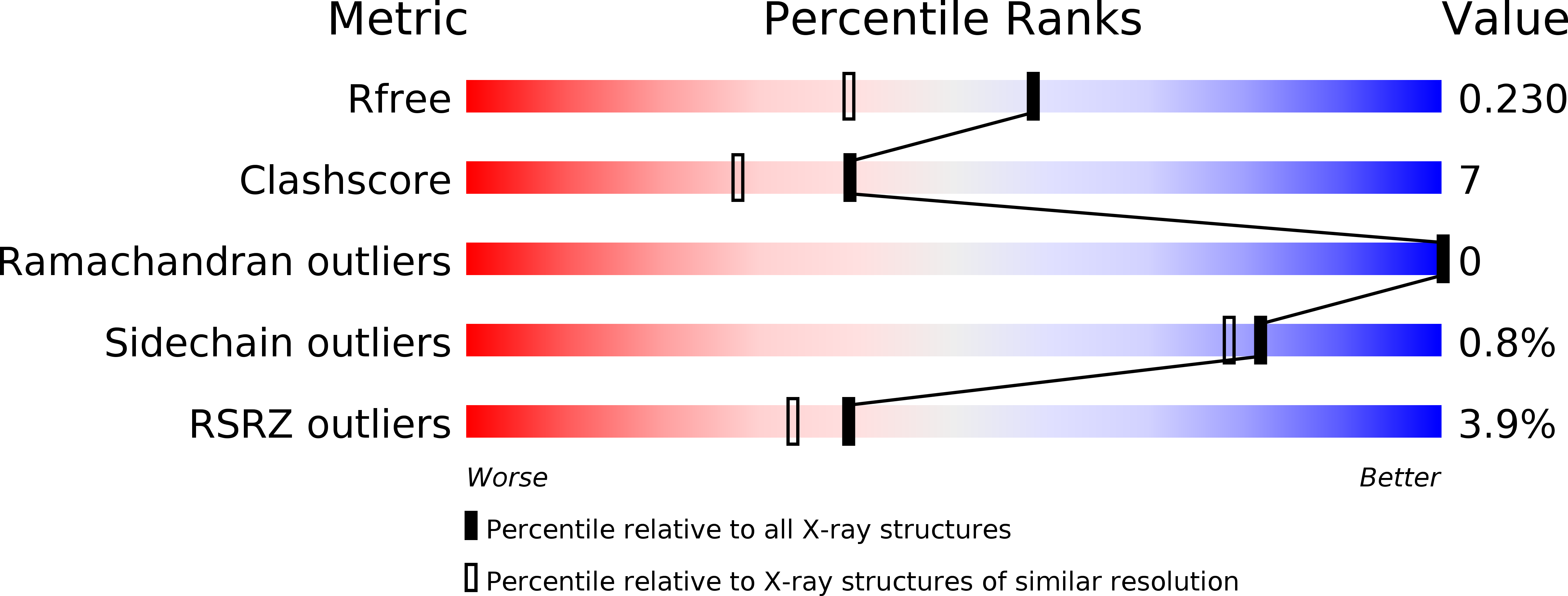
Deposition Date
2009-10-30
Release Date
2010-03-23
Last Version Date
2024-11-13
Entry Detail
PDB ID:
3A9M
Keywords:
Title:
Crystal structure of a hemoglobin component V from Propsilocerus akamusi (pH9.0 coordinates)
Biological Source:
Source Organism:
Tokunagayusurika akamusi (Taxon ID: 28383)
Method Details:
Experimental Method:
Resolution:
1.80 Å
R-Value Free:
0.23
R-Value Work:
0.20
R-Value Observed:
0.20
Space Group:
P 21 21 21


